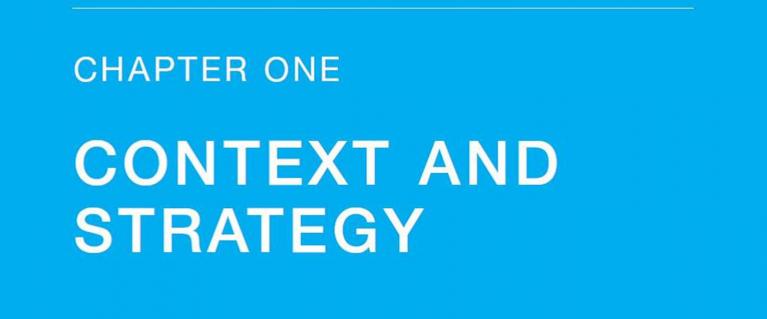
A changing population
A changing population
1.11 London’s population will also change in composition. Figure 1.3 compares the age structure of London’s population in 2011 with that projected for 2036. It will continue to be younger than elsewhere in England and Wales – there will be 17% more school age Londoners in 2036 and 28% more aged 35–64. At the same time, the number of people over 64 is projected to increase by 64 per cent (nearly 580,000) to reach 1.49 million by 2036. The over 90s are expected to grow in number, by 89,000, as medical advances, improvements in lifestyles and new technologies support improved life expectancies. We will have to plan for the schools and other facilities needed by more young people, while also addressing the needs of an ageing population.
Figure 1.3 Age structure of London’s population 2011 – 2036

1.12 London’s population will also continue to diversify. Black, Asian and other minority ethnic communities are expected to grow strongly as a result of natural growth and continued migration from overseas. By 2036, an additional twelve London boroughs are likely to have a majority of their population from these groups, with Lewisham, Southwark, Tower Hamlets, Barking and Dagenham, Croydon, Ealing, Enfield, Harrow, Hillingdon, Hounslow, Redbridge and Waltham Forest joining Brent and Newham which have had such majorities since 2001.
1.13 On the basis that around 10 per cent of Londoners will have some kind of disability or sensory impairment, there are likely to be more people in London who have particular mobility, access and other support needs. Ensuring London and its infrastructure is accessible and inclusive will have to be a key theme of the new London Plan.
1.14 The working age population of London (aged16 - 64) is projected to increase from 5.7 million in 2011 to 6.5 million in 2026, and 6.8 million in 2036 – an increase of 1.1 million over the period as a whole.
Need a document on this page in an accessible format?
If you use assistive technology (such as a screen reader) and need a version of a PDF or other document on this page in a more accessible format, please get in touch via our online form and tell us which format you need.
It will also help us if you tell us which assistive technology you use. We’ll consider your request and get back to you in 5 working days.